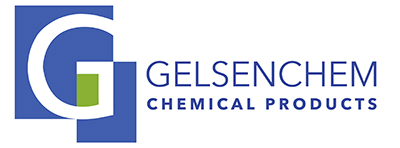
Monoethylene Glycol (MEG)
Ethylene glycol, also known as glycol, is produced industrially from ethylene or ethylene oxide. High selectivity (> 99%) of Monoethylene glycol is achieved via the intermediate stage of ethylene carbonate. Monoethylene glycol is used as an antifreeze, corrosion inhibitor in coolants and in the manufacture of polyester such as polyethylene terephthalate (PET).
o
| Most common applications: |
Manufacture of polyester such as polyethylene terephthalate (PET) Antifreeze Corrosion inhibitors in coolants |
| Other names: |
Ethylene glycol (EG) Hypodicarbonous acid Monoethylene glycol Ethanediol 1,2-Dihydroxaethane 1,2-Ethanediol Ethane-1,2-diol Ethylene alcohol Ethylene oxide hydrate Glycol Genantin Glysantin |
| Molecular formula: |
C2H6O2 |
| CAS number: |
107-21-1 |
This information reflects the current state of our experience, however, this does not mean it guarantees certain properties of the product or its suitability for any specific purpose. This information does not absolve the user from the obligation of conducting the customary receiving inspection on acceptance of our products.
| Brief description: | colorless, viscous liquid with a sweet taste |
| Molecular weight: |
62.07 g•mol−1
|
| Physical state: | liquid |
| Density: |
1.11 g / cm³ |
| Melting point: |
−16° C |
| Boiling point: |
197° C |
| Vapor pressure (20° C): |
5.3 Pa |
| pKa value: |
16 |
| Solubility: |
Miscible with water, ethanol and acetone |
This information reflects the current state of our experience, however, this does not mean it guarantees certain properties of the product or its suitability for any specific purpose. This information does not absolve the user from the obligation of conducting the customary receiving inspection on acceptance of our products.



